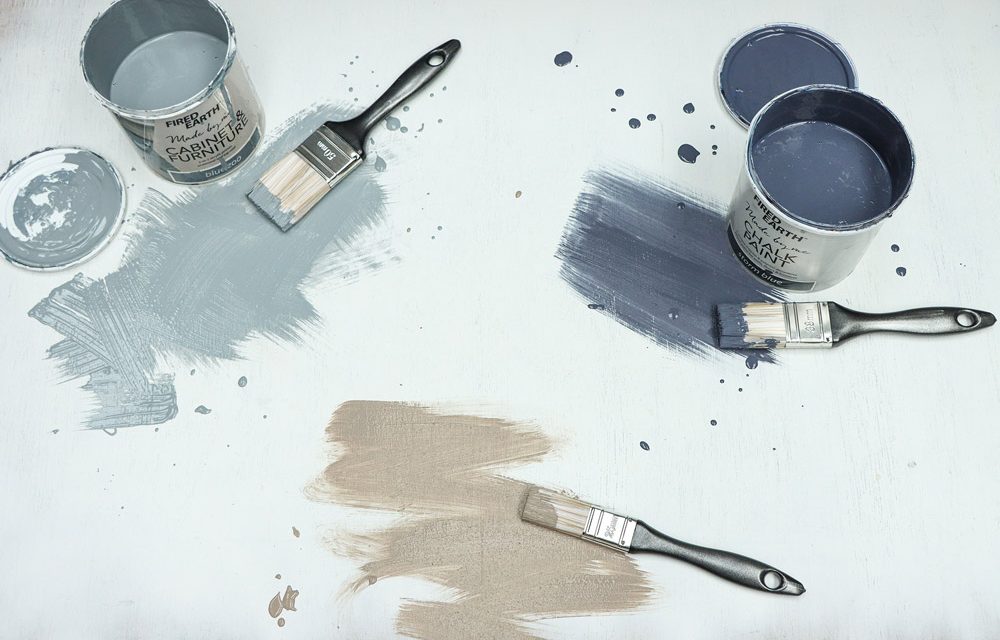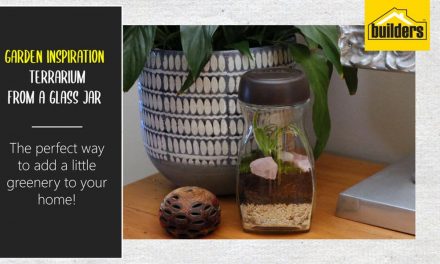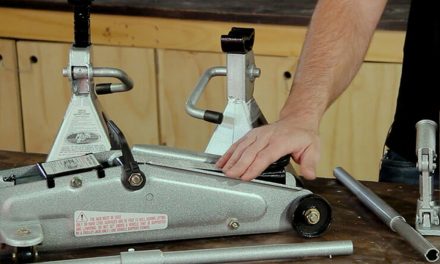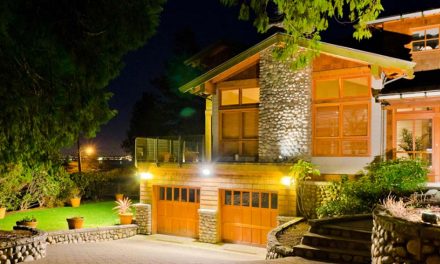Choosing a paint brush is easy when you know what to look for, and the right brush for the job will improve the final finish.

Walking down the paint aisle at your local Builders can be a bit intimidating, even after you and your partner have finally agreed on a paint colour! All those brushes in different sizes and colours, with different bristles and different prices – which one are you supposed to choose for the job at hand? If you were to take the Go Paint and Advantage ranges as examples, you would see that there are multiple variations and each one has a specific purpose. Different brushes have different bristles, suited for difference paints and surfaces. These days, bristles are almost all synthetic fibres as opposed to natural ones. Synthetic bristles are particularly suited to water-based paints as they do not absorb water, which means that the water-based paints run off the brush easily for a cleaner, neater finish. Synthetic bristles come in different textures for different paints and surfaces. The Go Paint and Advantage range, for example, have soft-, medium- and coarse-bristled brushes, as well as specialist brushes for waterproofing, roofing and whitewashing. The Go Paint range has the added advantage of colour-coded brushes for easy identification
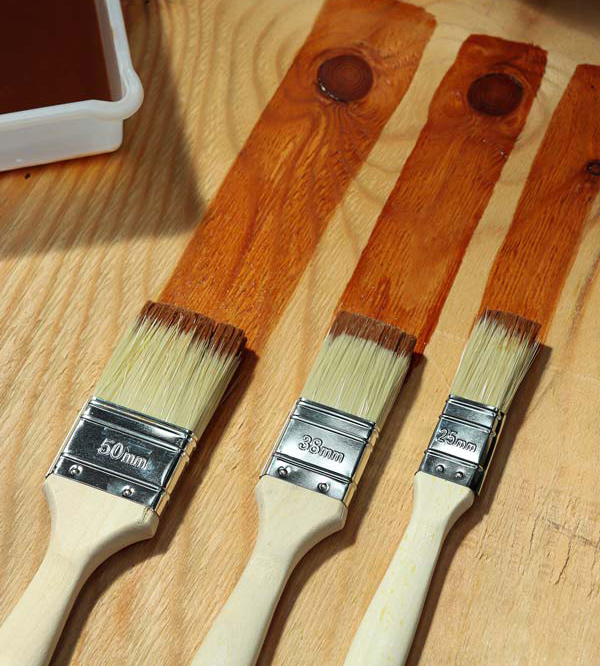
Medium-bristle brushes do most jobs quite well and so are always worth keeping to hand in the garage for that unexpected project. They can be used for anything from painting rough surfaces to applying varnish to timber, but there are more specialised brushes for these uses. For rough surfaces you want a brush with firmer bristles that can take the abrasion of a rough surface without being damaged. The downside of a firm bristle is that it doesn’t get into the nooks and crannies as easily, and the finish isn’t as smooth. If you use a softer, finer bristle on rough surfaces it will give a nice finish but only for a short time before the tips of the bristles start cracking and breaking off.
Soft-bristle brushes are designed specifically for smooth finishes such as stains and varnishes on wood. Not only are the bristles soft, but they are also densely packed onto the brush head, which allows them to hold more of the paint and gives a lovely smooth finish with minimal brush marks. Job-specific brushes such as block brushes, waterproofing brushes and roofing brushes have coarse, strong bristles that suit heavy-duty painting jobs such as roofing, plastering or applying waterproofing, but will not give you a smooth finish.
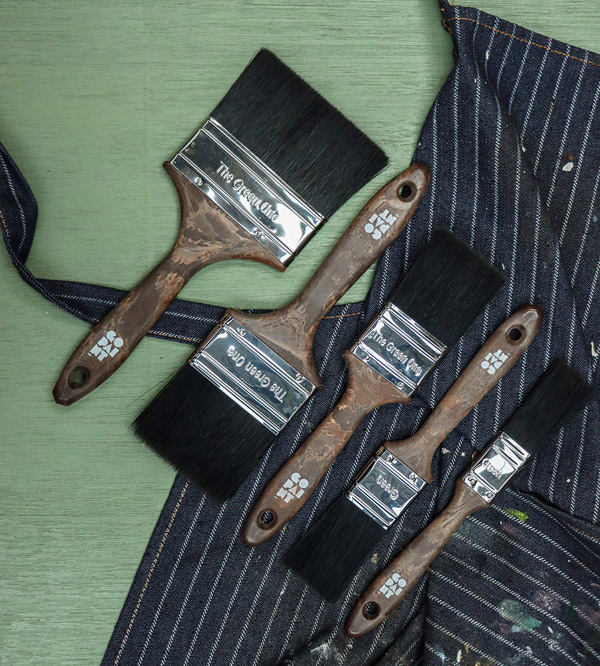
Once you’ve decided on the bristle type needed for the job you are busy with, the choice of brush size is secondary and much easier to understand: logic tells you that a narrower brush will be good at painting small pieces of wood or getting into corners where you need good brush control, but using one to paint a wall will take you all day. Larger brushes get the job done quicker but won’t give you the neat finish you’re looking for. Often the best idea is to get a combination pack of brushes for the various parts of your project. If you still find yourself confused in the paint aisle at your local Builders, remember to ask our paint experts for advice on the best tools for the job.

